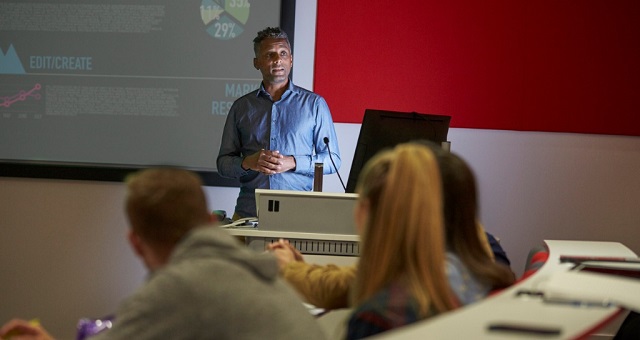Succession Planning: Developing Future Leaders from Within
Succession planning, or targeted leadership development, is not very common in higher education institutions, perhaps because of the corporate cronyism it often calls to mind. Certainly, the values and hiring practices in higher education are inconsistent with the "good ol' boy" network found in the corporate sector, but perhaps higher...
How to Lead Assessment in Your Unit
Being in charge of assessment within one’s unit involves more than measuring student learning outcomes. It’s about leading cultural change, a process that is best undertaken in collaboration with those who know the discipline, program, and students best—the faculty and staff. In an interview with Academic Leader, Linda Neavel Dickens,...
The 5 Most Helpful Experiences for Moving from Faculty to Department Chair
Inadequate preparation, unrealistic expectations, and increased workload can be overwhelming for faculty members making the transition to department chair. Brenda Coppard, chair of occupational therapy at Creighton University, found this transition "just a little mind boggling" and decided to focus her research on it.
How to Create a Values-Driven Department
When Jeffrey Yergler became chair of the undergraduate management department at Golden Gate University, one of his priorities was to establish a values-driven department that emphasized improving faculty members’ well-being, performance, and sense of community within the management discipline.
Dealing with Disruptive Students
Most professors will have to deal with classroom disruptions at some point, from the relatively minor—students who show up for class late or who talk excessively—to the more serious—disrespectful, uncivil, or threatening student behavior. It's the role of the department chair to create a culture that helps prevent and deal...
Developing Formal and Informal Faculty Leaders
Leadership is not restricted to those in formal leadership positions. Rather, all faculty members in one way or another fill leadership roles and may eventually become formal leaders. Therefore, it’s important for them to develop their leadership abilities. In an interview with Academic Leader, Mariangela Maguire, associate professor of communication and...
5 Qualities of Successful Change Efforts
Because circumstances vary among disciplines, departments, and institutions, there is no formula for bringing about change, says Jill Perry, program director of the Carnegie Project on the Education Doctorate at Duquesne University School of Education. However, she has observed that successful change efforts share the following characteristics: Collaborative decision making. Decide...
Responding to the Market
Market forces such as student and parent concerns about employability, students’ need for flexibility, and decreasing traditional-age enrollments in New England are causing Colby-Sawyer College to rethink its approach to liberal arts education.
What Encourages Faculty to Include Diversity Materials in Their Courses?
Incorporating material that addresses diversity issues in classes has positive effects on a number of learning outcomes. The success of efforts to make curricula more diverse depends to a large degree on faculty willingness to incorporate these materials because control of the curriculum remains in faculty hands—both collectively, in terms...
A Centralized Approach to Supporting Experiential Learning
Wartburg College in Waverly, Iowa, has a centralized office to foster experiential learning across disciplines. This administrative structure, which grew out of a Lilly Vocation Grant, offers several advantages over more traditional, decentralized support structures.












